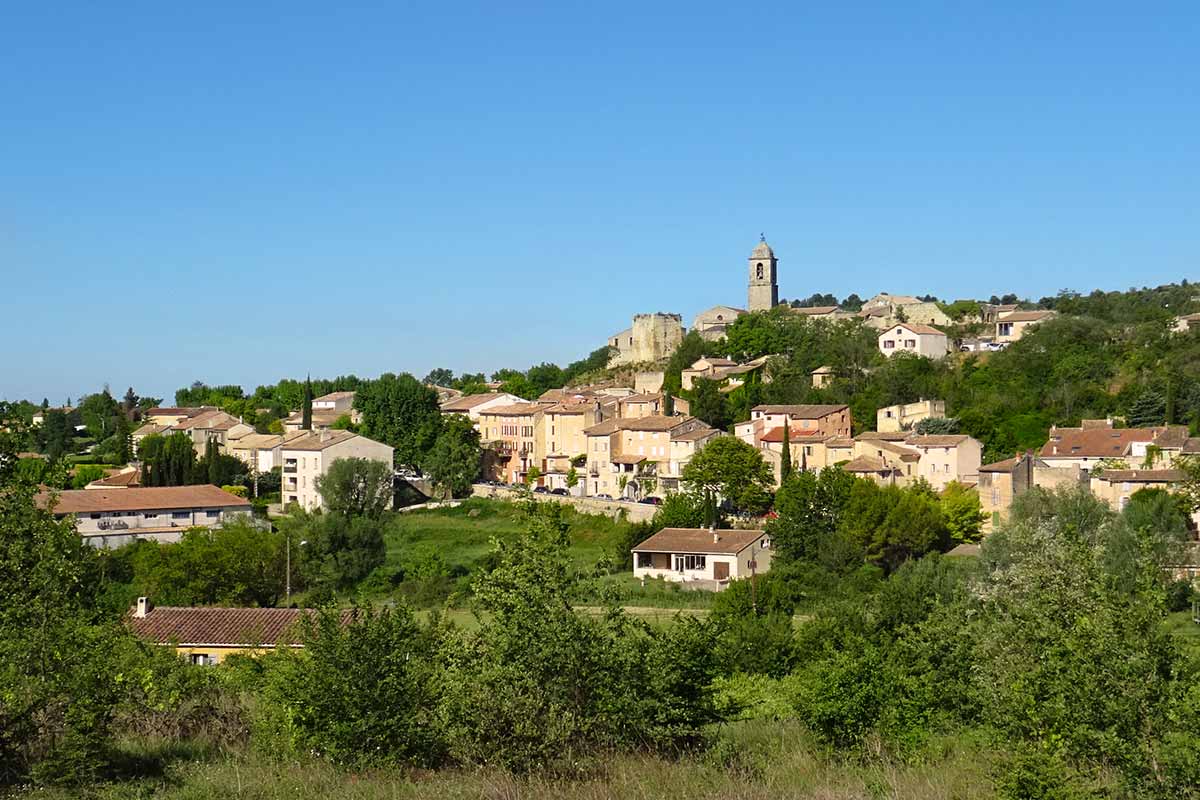
Mormoiron, a village of character at the foot of Mont Ventoux
Mormoiron is a Provençal village with character and very endearing. It is built on a rocky nipple above the plain where the Auzon flows, a river from the Vaucluse plateaus that joins Carpentras about fifteen kilometres away. The sumptuous profile of the nearby Mont Ventoux dominates the landscape, its southern side is illuminated by the sun, it protects Mormoiron from the sudden gusts of the Mistral which cleans the sky of clouds at altitude.
The village was first mentioned in a 1204 text under the name "Mormorone". He passed under the suzerainty of the Pope with the entire Comtat Venaissin in 1274. Pope Gregory X then entrusted the guard of the village to the hospitable knights of St John Jerusalem. Local legend tells us that Mormoiron's name comes from the word "murmur", the murmur of bees that the inhabitants reportedly threw from the top of their ramparts to the attackers who tried to take the village. The painful stings would have put them out of their misery. This story explains the character of the people of Mormoiron, who are renowned for their pride in their village and their slingers. When during the Wars of Religion Pope Pius IV handed over the seigneury to his faithful captain Durand de Pontévès, the inhabitants protested vehemently and after long trials they were finally allowed to buy back their rights for 4000 gold écus.


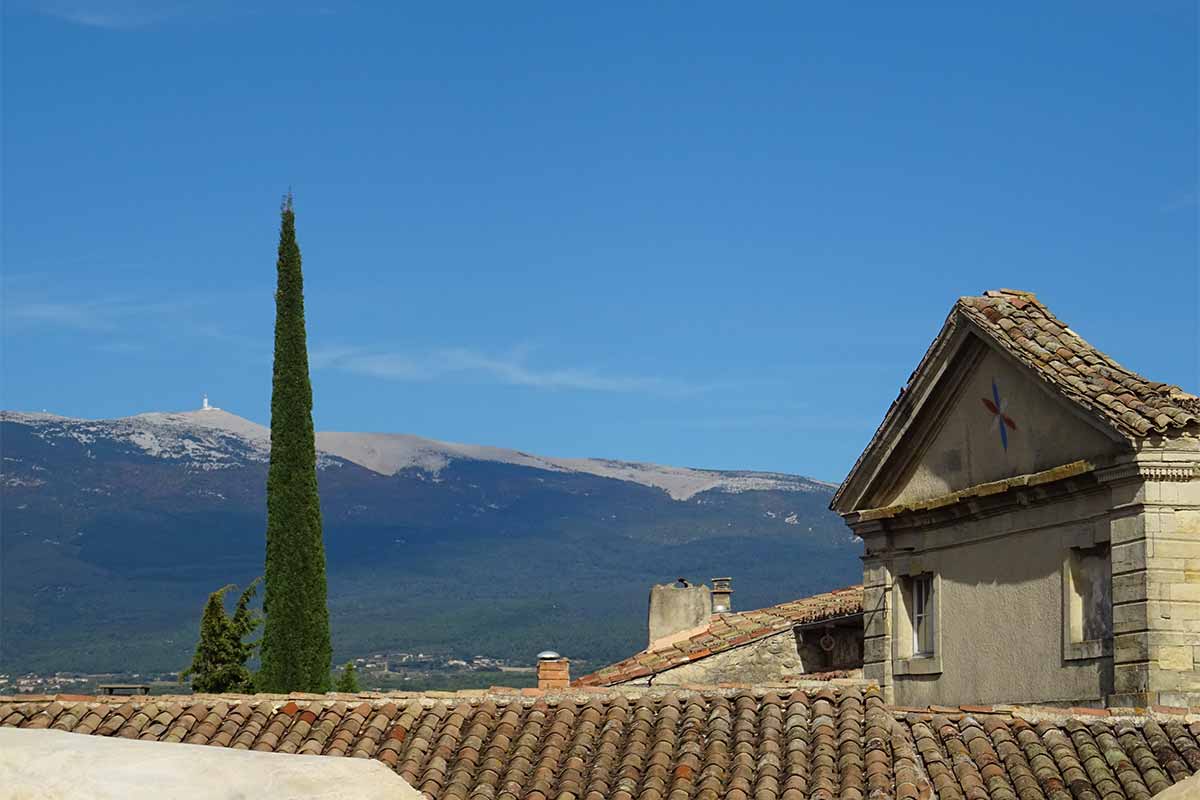
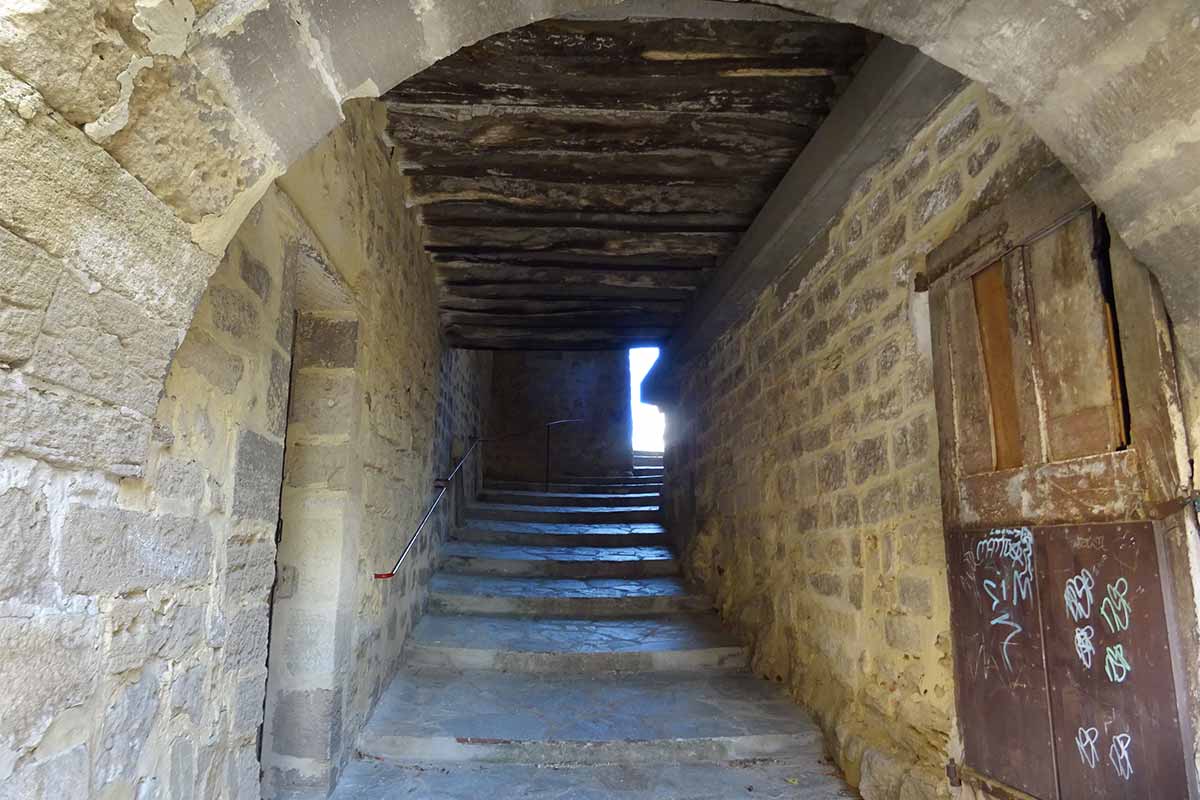
The village is built on a hill, easily defensible against invaders with malicious intentions. An intertwining of alleys and stairs leads to the top of the village, where the seigneurial castle used to be. Only the ruins of the fortress that gave birth to the village remain. It initially belonged to the Count of Toulouse Raymond VII who sold it to King Saint Louis. During the Revolution it was confiscated and sold in lots to the inhabitants of the village, it deteriorated to the point of being reduced to a few remains: a wall pierced with loopholes, an old oven, a ruined tower, vaulted rooms. The bell tower of the Saint-Laurent parish church emerges from the village. It dates from the 12th century but was restored and modified in the 17th and 18th centuries. Weakened by the 1909 earthquake, it was reinforced with a concrete belt. The Romanesque apse has an original window, framed by torsos columns, and surmounted by an archivolt, it is decorated with alchemical symbols.
Mormoiron has an industrial heritage linked to the exploitation of the mineral resources of its territory. Gypsum has been exploited since ancient times, and industrially from the 18th century to 1964, ochre was at its peak at the end of the 19th century, siliceous sand and green clay are still in exploitation.
The lake of Mormoiron
The Lake of Mormoiron, also known as the Salettes lake, is a 2 ha artificial water reservoir. It is bordered by a sandy beach, partially shaded by pines. In summer, water quality is monitored and swimming is monitored. By the lake is a small restaurant, a treetop adventure park, and it is the starting point for many trails. Fishing is allowed in the lake all year round (provided you have a fishing card).

The Ochres of Mormoiron
The thousand shades of red, orange or white earth in the former ochre quarries of Mormoiron are now covered with pines and heathers. They are traversed by paths on a rugged terrain but affordable for all hikers, even those with little training. It is a superb site for colourful hikes. The site is less extensive than in Roussillon or Colorado de Rustrel, but it is also less touristic, more accessible and just as photogenic. The site operated from 1887 to 1967. The remains of the extraction line installations are still present on the site, explanatory panels help to understand the process used and the hard work of the workers.

The Mormoiron terroir
Mormoiron's main economic activity is agricultural. In the 19th century the culture of the Garance brought prosperity, but the discovery of the alizorine in 1870 suddenly made production obsolete. The land around Mormoiron is planted with cherries, olives and truffle oaks. But the main crop is the vine, which has been present in the area for centuries, producing Muscat du Ventoux AOC grapes and AOC Ventoux wine.
Visit Mormoiron in photos : slideshow

Mormoiron, a village of character at the foot of Mont Ventoux

Beach of Lake of Mormoiron

Mormoiron, a Provençal village with character
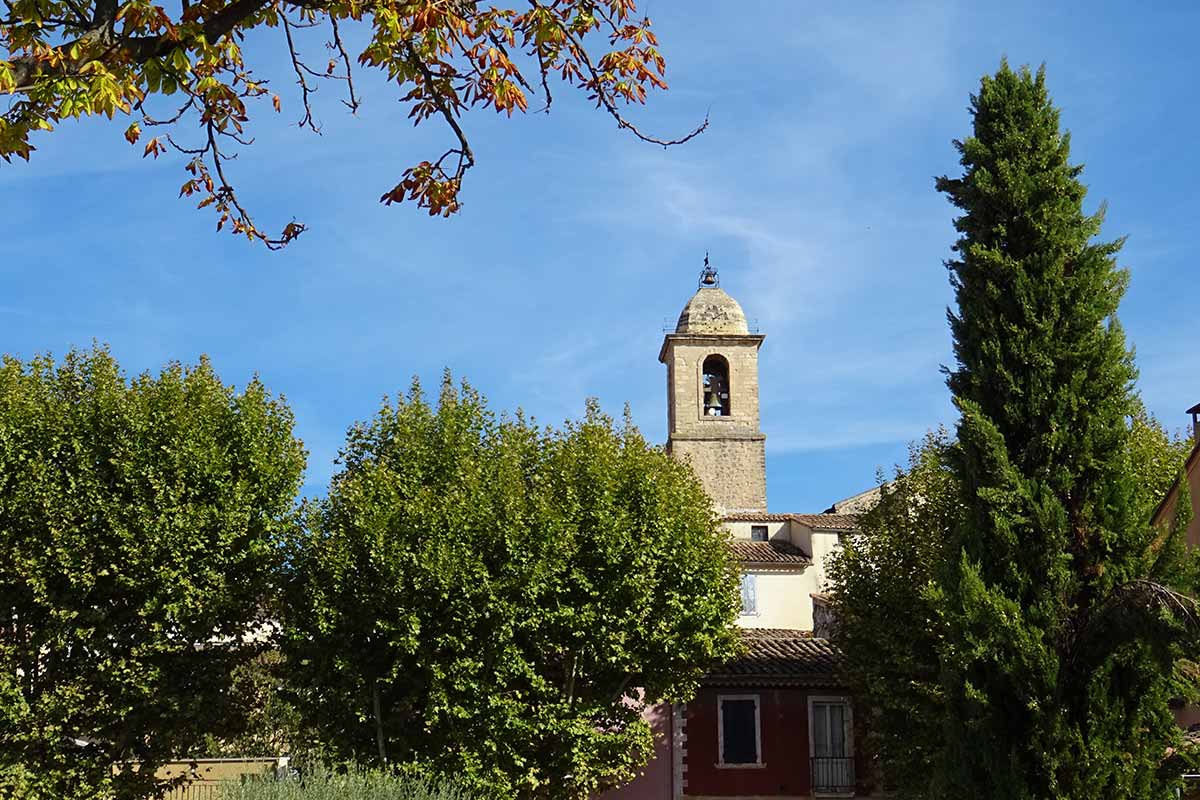
Mormoiron, the bell tower of Saint-Laurent Church

Mormoiron, the uncapped Tower

Mormoiron, at the foot of Mont Ventoux
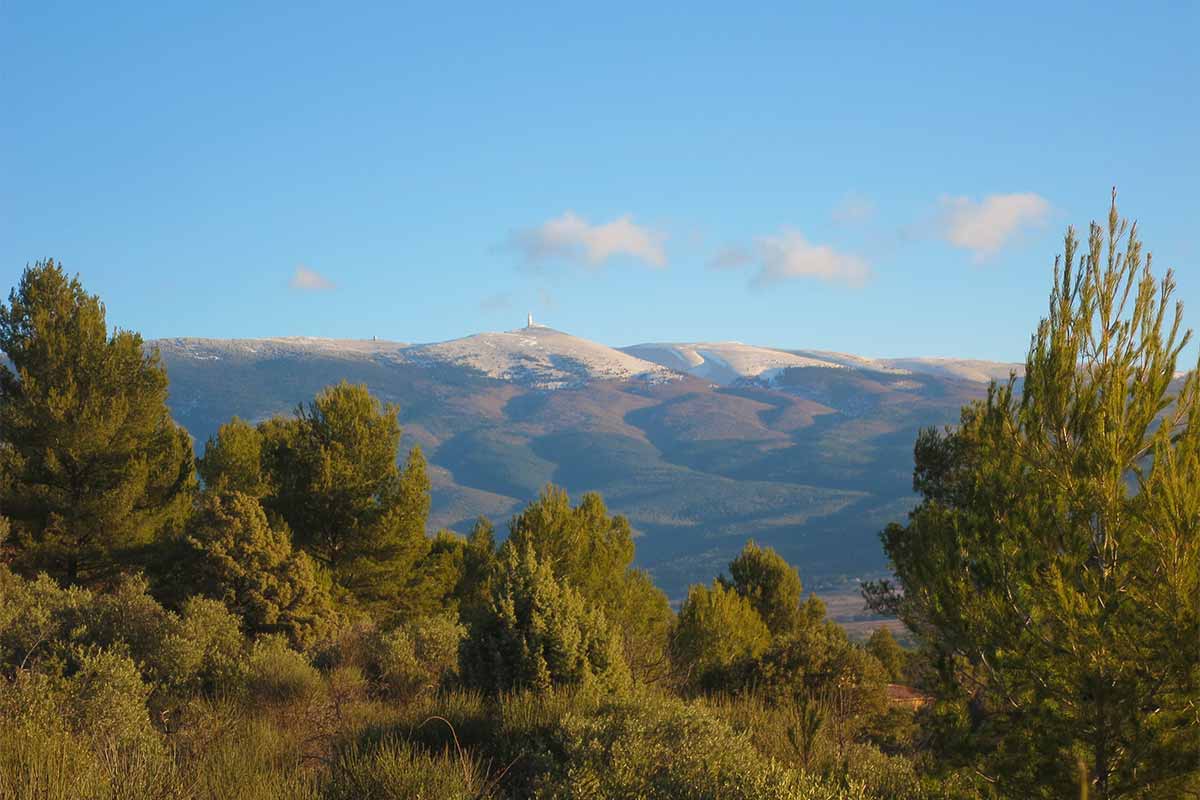
Mormoiron, at the foot of Mont Ventoux

The ochres of Mormoiron
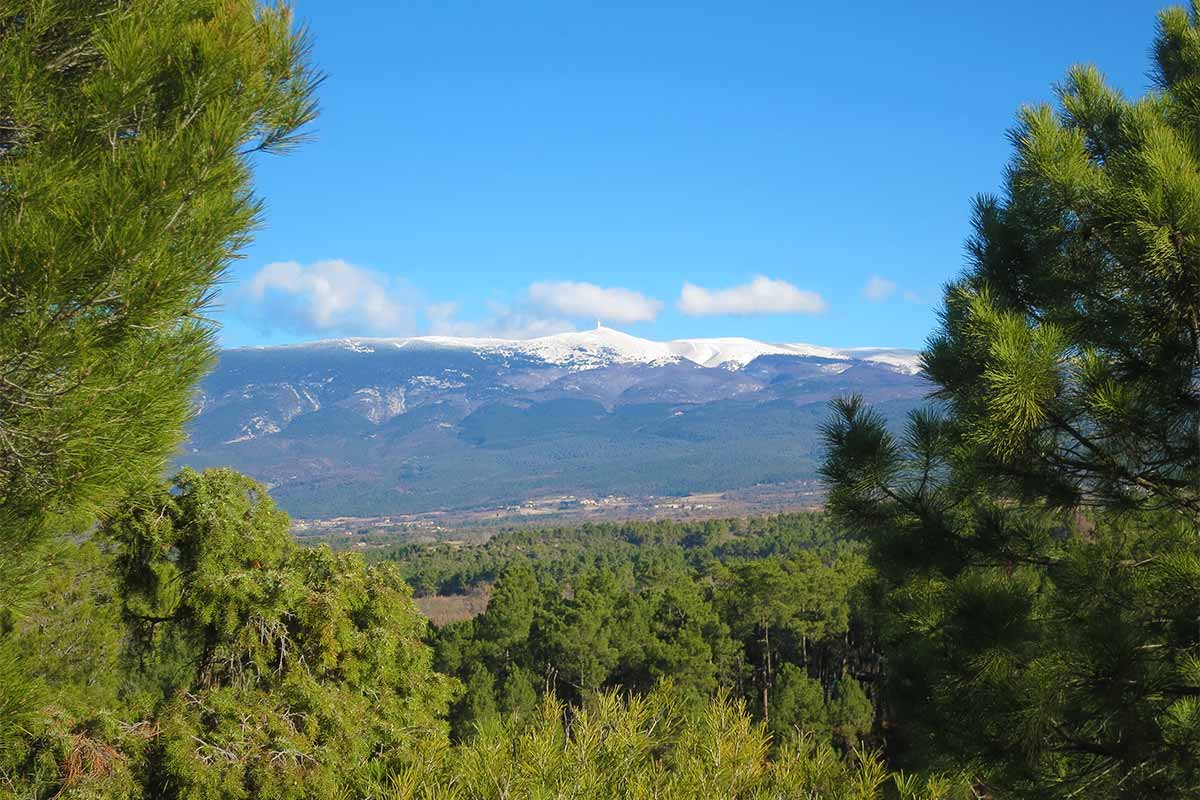
Rue de l'église in Mormoiron
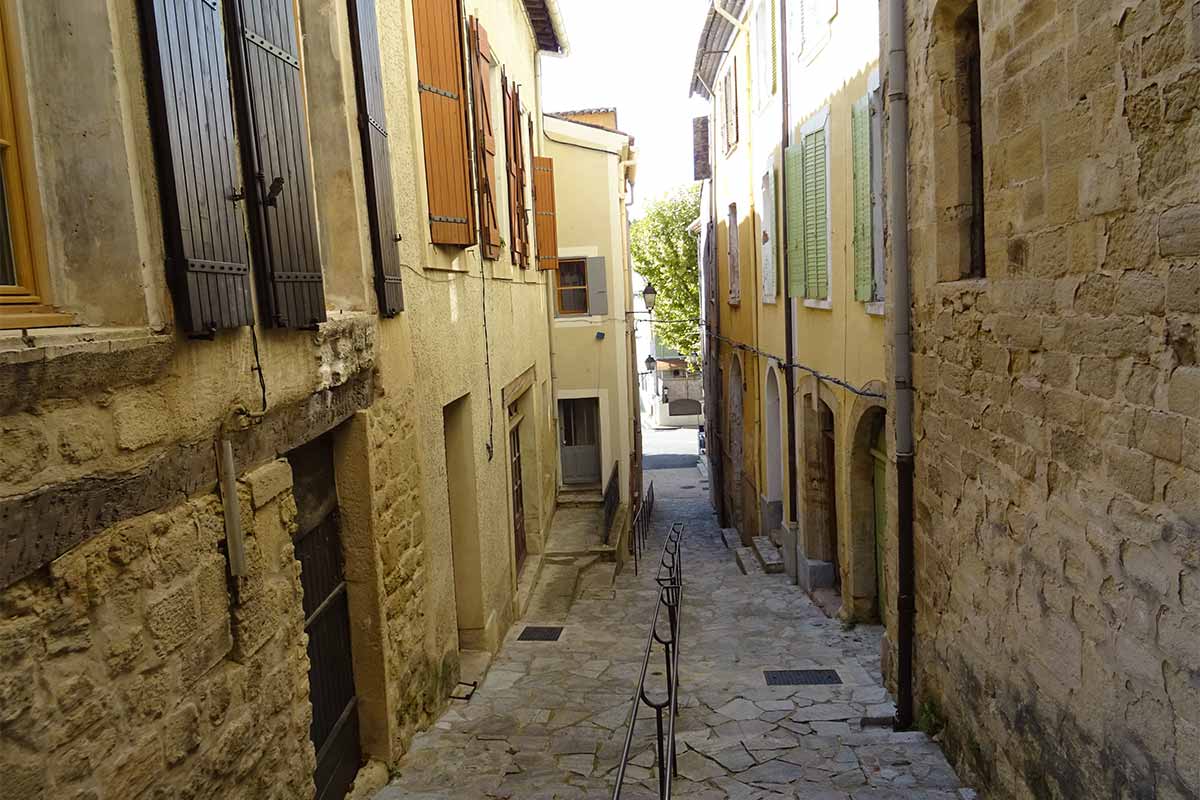
« Soustet », covered lane of Mormoiron
Accommodation in Mormoiron and practical information
Selection of guest rooms near Mormoiron in the portal of bed and breakfast in Provence
Website of the town of Mormoiron: mormoiron.com
To see and do in Mormoiron
- visit of the old village
- Saint-Laurent Church
- Fountains and Washhouses
- Chapelle Saint-Roch
- Ochre trails, from Lac des Salettes
- Lac des Salettes (Lac de Mormoiron) : water body, beach, supervised water.
- Hanging Activity.
- Geological and archaeological museum
Mormoiron events :
- weekly markets on Sundays and Tuesday mornings
- Running: TerraVentoux Ochres and Limons course
- Asparagus Fair on the last Sunday in April
- Saint John's Day fires
- Festival Les Nuits du Cinéma Les Nuits du Cinéma »en plein air (parking des pénitents blancs et plan d'eau) in August
- St. Laurent Votive Festival (early August)
- "Legends day" : Bikes & Cars Show in August
- Harvest banquet (end of August)
Coming to Mormoiron
GPS location N 44°04'07'' - E 5°11'02''
Location of Mormoiron : The municipality of Mormoiron is located in the department of Vaucluse, in the Ventoux Regional Nature Park.
Altitude 280 meters above sea level, 1800 inhabitants, 7 km from Bédoin, 7 km from Flassan, 7 km froms Gorges de la Nesque, 9 km from Methamis, 12 km from Venasque, 15 km from Carpentras, 16 km from Pernes-les-Fontaines, 40 km fromAvignon.

![Mont Ventoux [fr]](/images/version_francais.gif)
![Mont Ventoux [en]](/images/version_english.gif)


